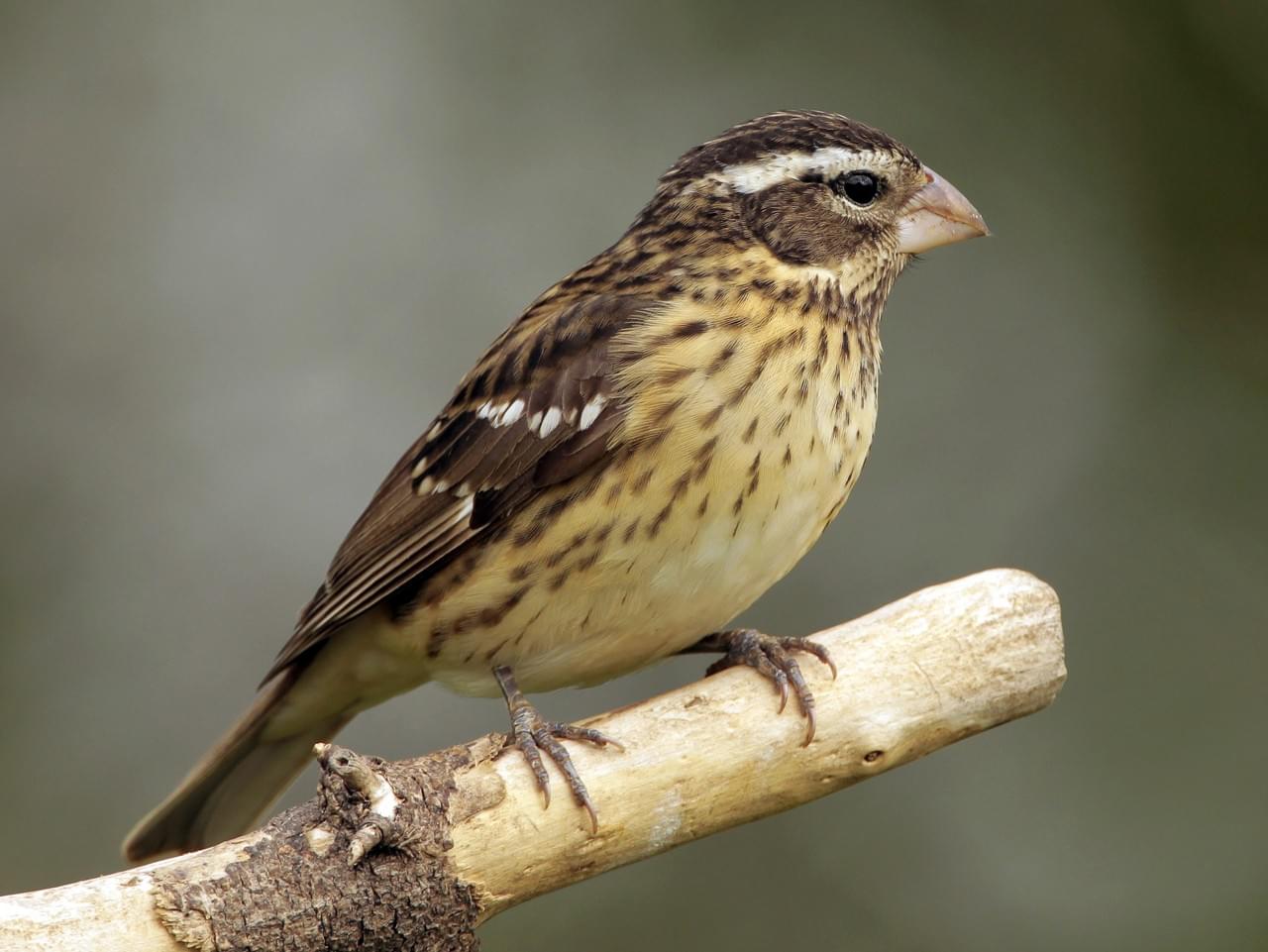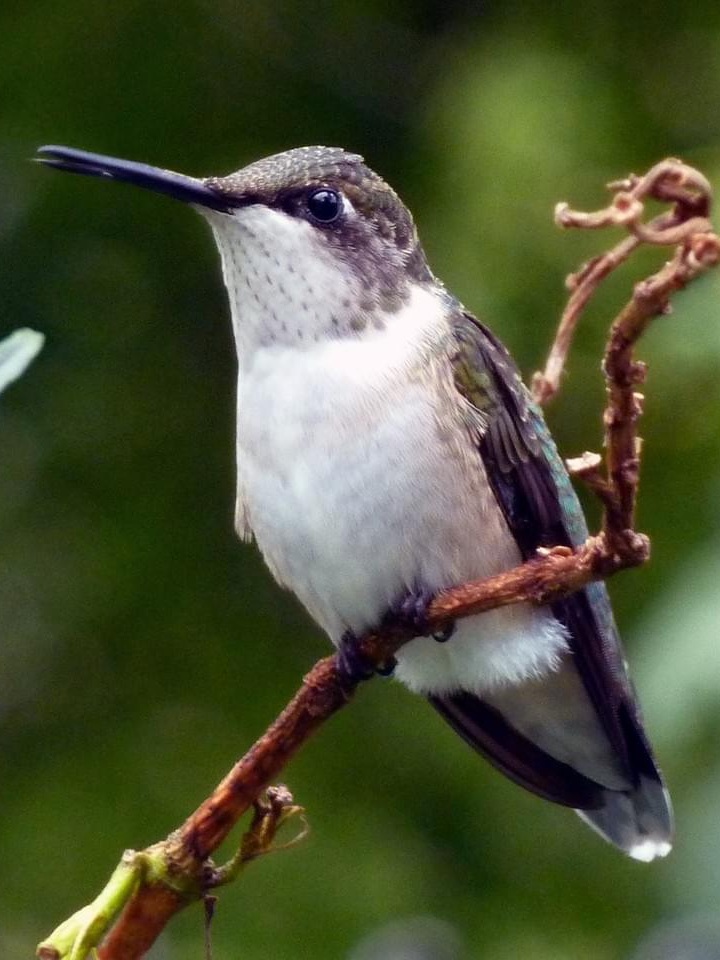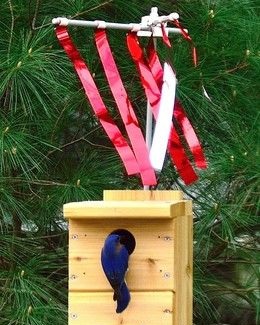Spring Migration is in full swing which means there will be a lot of interesting birds to see if you spend a little time looking around your yard, or at any of our wonderful parks and greenways. If you are going out for your morning, or afternoon walk don’t forget your binoculars because the neo-tropical migrants are passing through, or arriving in middle Tennessee every day on the way to their summer breeding areas. Warblers, Vireos, Blue-gray Gnatcatchers, Tanagers, Swallows, Hummingbirds, and many other species are there for the viewing if you try. Early in the morning, between 6 am and 10 am are best to see some of these birds because many of them migrate at night then settle down in the mornings to feed and rest.
The first Ruby-throated hummingbirds to arrive or pass through TN have already been sighted. Usually one, maybe two hummingbird feeders at this time of year is enough. Don’t bother filling your feeder to full capacity at this time as the feeders are of little interest to them this early.
In the coming weeks at your feeders expect to see the always popular Rose-breasted Grosbeaks and Indigo Buntings. Of course American Goldfinches are here in abundance year round but are now putting on their bright yellow spring plumage.
RB Grosbeak males are quite handsome with their black and white plumage and v-shaped splash of red on the chest, while females are brown and white with heavy streaking. Both have the distinguishable heavy beak. These birds may be seen in good numbers at your feeders. In years past I’ve seen as many as a dozen at a time, or some years just a few. They are fond of several types of seeds and feeders. Sunflower and Safflower are the more preferred seeds, while platform, hopper, and tube type feeders all work well. Let us know when you see one.
Interestingly there are still good numbers of our winter visitors like Purple finch, Pine Siskin, and even Red-breasted Nuthatches in the area.
Reports of Bluebirds with completed nests and with eggs are sprinkling in. It’s still relatively early and plenty of time to attract Bluebirds to a nest box. In years past I would not see a first Bluebird nest until late April.
For daily bird sightings reports of migrating birds you may want to subscribe to TN bird e-mail list, or visit Tennessee Birding on Facebook.
Spring birding class
There is still time to register for Richard Connors bird identification class at Radnor Lake this spring. The 5-week class runs Tuesday mornings from April 9th to May 7th, and includes classroom sessions and morning bird walks. Radnor is a premier location for spring migrants and those migrants are often heard more easily than seen, so this spring class will emphasize "birding by ear". We will work on bird identification by sound as well as by sight. The class is open to beginners, but some prior knowledge of our local birds will be helpful. There is a fee for the 5 week class with part of the proceeds going to Friends of Radnor Lake.
For more information see this web page:
http://www.pbase.com/rconnorsnaturephoto/spring_bird_class_2019
To register for the class contact Richard at rconnorsphoto@aol.com or 615 832-0521.






















